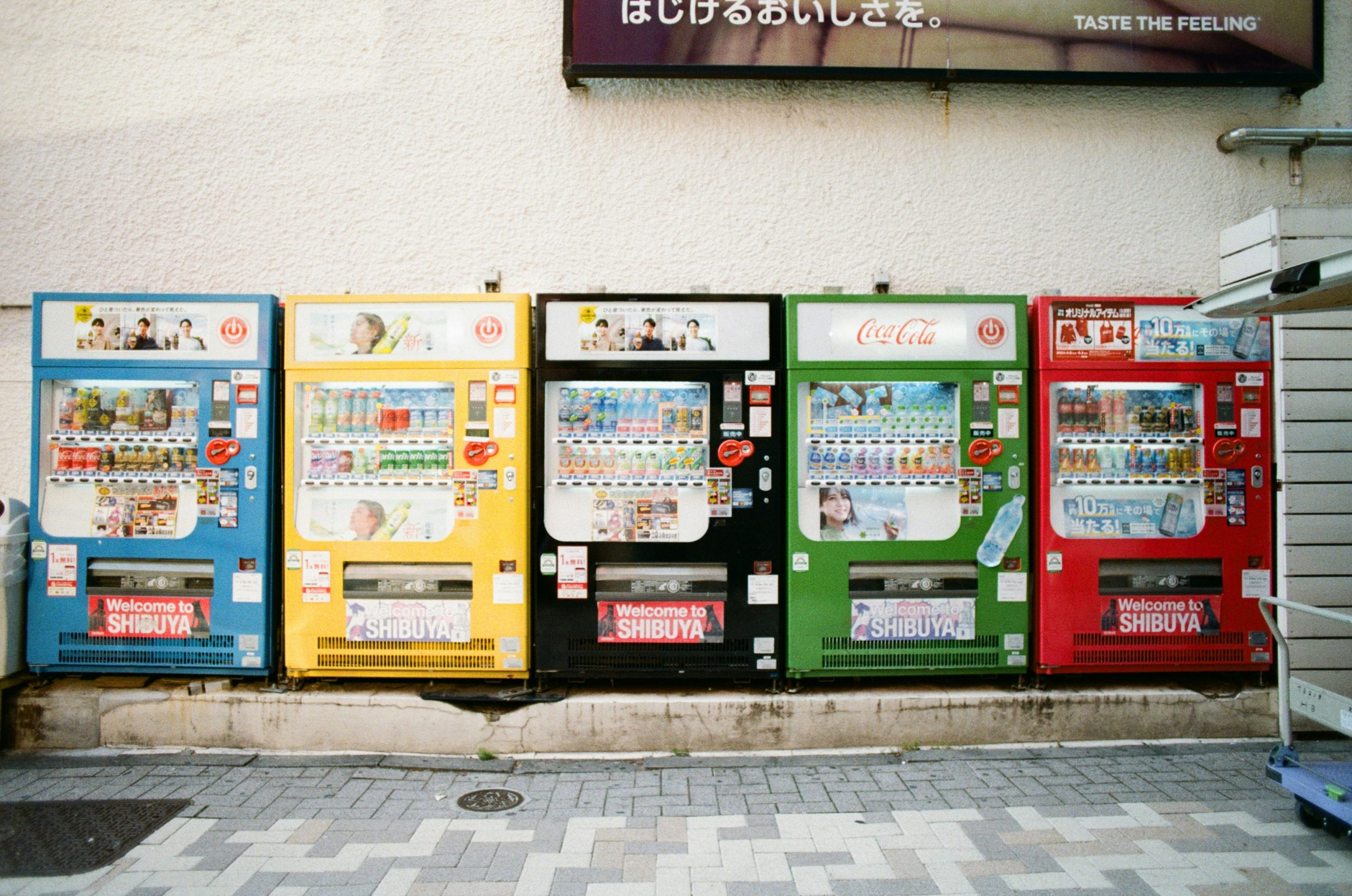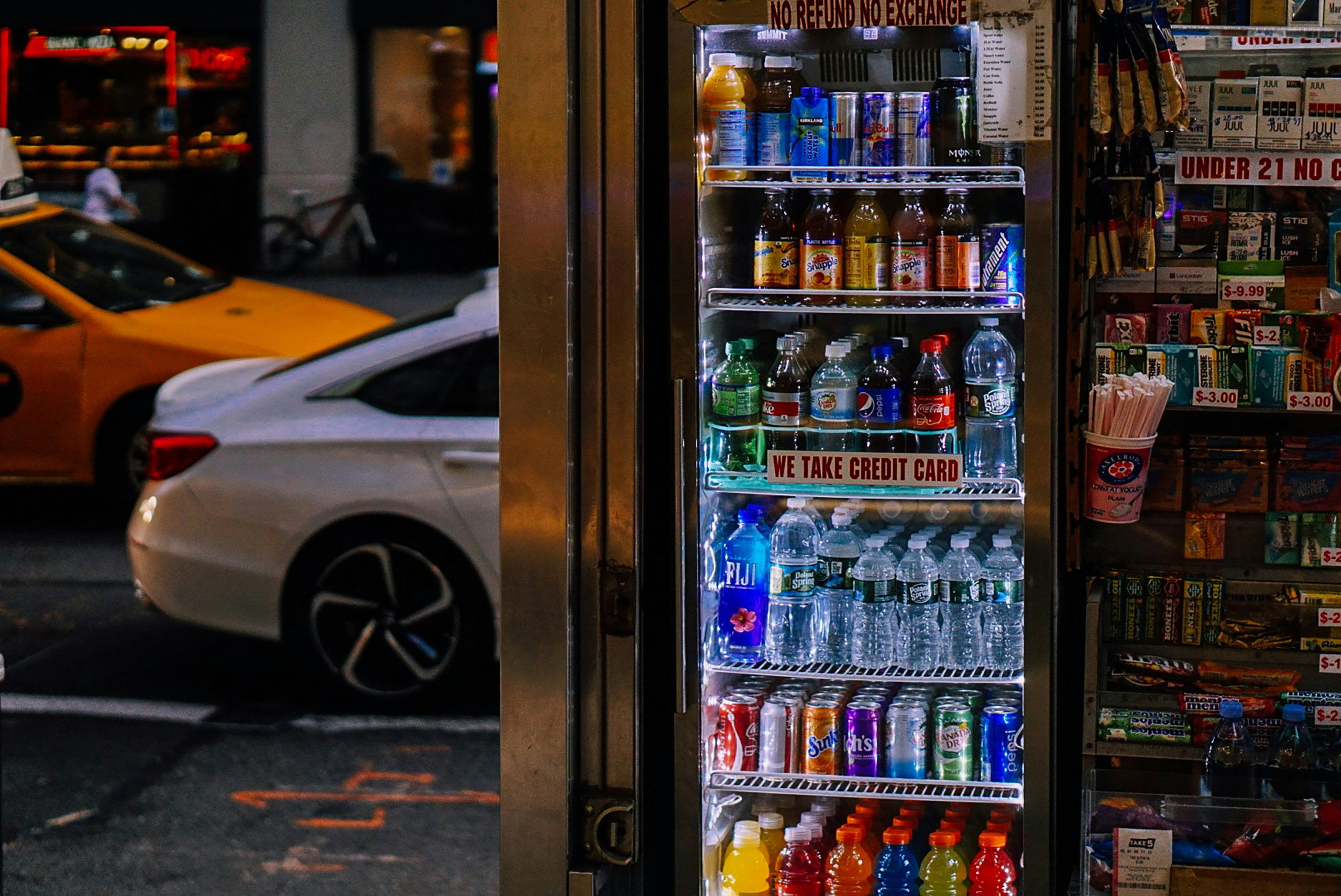
Vending machines are a great source of convenience for consumers and revenue for business owners. But what happens when your vending machine malfunctions? Whether you’re a vending machine supplier, entrepreneur, or simply managing a single machine, repairs can be both a hassle and a cost. The good news? Many common vending machine issues can be fixed with a bit of DIY knowledge.
This guide will teach you how to troubleshoot and repair your vending machine, so you can get it back up and running in no time.
Why Learn DIY Vending Machine Repairs?
Vending machines are built to last, but like any other machine, they require occasional maintenance and repairs. Hiring professional repair services can be costly and time-consuming, while learning a few repair skills can save you money and minimize downtime.
By mastering the basics of vending machine repair, you’ll be able to address common issues like jammed coins, stuck products, or display errors efficiently.
Tools You’ll Need for Repairs
Having the right tools on hand will make your repairs quicker and easier. Here’s a basic list of essentials to keep in your vending machine repair kit:
- Multimeter to test electrical connections and diagnose power issues
- Screwdrivers (flathead and Phillips) for opening panels and accessing components
- Plier set to handle wires and small parts
- Cleaning supplies (microfiber cloths, compressed air, mild cleaning solution) to keep your machine running smoothly
- Extra parts such as coin mechanisms, motors, and lightbulbs for replacements
Pro tip: Always reference your machine’s user manual for specific tools and instructions tailored to your model.
Troubleshooting Common Vending Machine Issues
1. The Machine Doesn’t Power On
A vending machine that won’t turn on is one of the most frustrating problems, but it’s often straightforward to diagnose.
Steps to fix it:
- Check the power source: Ensure the machine is plugged in and that the power outlet is functioning.
- Inspect the circuit breaker: Reset it if it’s tripped.
- Test the power cord with a multimeter to ensure it’s delivering electricity. Replace if damaged.
2. Coin or Bill Mechanism Isn’t Accepting Payments
Payment-related issues are among the most frequent complaints from users. A jammed coin or bill mechanism can result in a poor customer experience.
Steps to fix it:
- Turn off the machine first for safety.
- Open the coin slot panel and remove any debris or jammed coins.
- Use compressed air to clean the slot thoroughly.
- For bill validators, check for worn belts or rollers that may need replacing.
3. Products Get Stuck
Ever had a snack that refuses to fall after you’ve made your purchase? Your customers likely encounter the same frustration.
Steps to fix it:
- Ensure the spirals or trays are aligned properly and not bent.
- Check for blockages in the dispensing area and remove them.
- If the motor isn’t rotating as it should, inspect it for damage and replace it if necessary.
4. Cooling System Isn’t Working
If you manage a vending machine that includes beverages or perishable items, a faulty cooling system can result in spoilt products and unhappy customers.
Steps to fix it:
- Verify that the compressor and cooling fan are operational.
- Clean the condenser coils to improve airflow and cooling efficiency.
- If the cooling unit continues to underperform, consider contacting a professional for an advanced refrigeration repair.
5. Touchpad/Button Malfunctions
Broken touchpads or buttons mean no one can make a purchase.
Steps to fix it:
- Clean the button panel with a microfiber cloth to remove dirt or grime.
- Inspect the wiring for loose or damaged connections.
- Replace the keypad if it’s beyond repair.
Preventative Maintenance Tips
The best way to minimize vending machine repair costs is to stay proactive with maintenance. Here are some tips to keep your machine running smoothly for years to come:
- Regular Cleaning
Clean the coin slot, product trays, and exterior weekly. Dust and grime can easily cause components to malfunction over time.
- Inspect and Restock Frequently
Regularly check for any wear and tear on spirals, motors, and other critical components while restocking your products.
- Replace Worn-Out Parts Early
Don’t wait for components to break entirely. Replace worn-out belts, bulbs, and motors as soon as they start showing signs of wear.
- Software Updates
For modern vending machines, ensure that software and firmware are up to date. Updates often fix bugs and improve functionality.
When to Call a Professional
While DIY repairs can address many common issues, there are times when you’ll need to call in the experts. For example, if your vending machine has recurring electrical problems or if you can’t identify the root cause of malfunctioning parts, getting professional help is the safest route.
Look for repair technicians who specialize in vending machines and have experience with your specific model.
Keep Your Machine Running Like New
Learning how to troubleshoot and repair your vending machine can save you both time and money, while also ensuring a better experience for your customers. Equip yourself with the right tools, stay on top of preventative maintenance, and don’t hesitate to reach out to professionals when needed.
Want to learn more about vending machine maintenance or the vending business in general? Explore our expert guides and tips for everything you need to know about running a successful vending operation.
Common Issues with Vending Machines and How to Fix Them
Even with proper maintenance, vending machines can encounter issues from time to time. Here are some of the most common problems and quick solutions to get your machine back in working order:
- Coin or Bill Jam
- Problem: Coins or bills get stuck, preventing the machine from accepting payments.
- Solution: Open the coin and bill acceptor module, remove the jammed currency, and clean the acceptor with a soft cloth to avoid future jams.
- Product Not Dispensing
- Problem: The machine accepts payment, but the product doesn’t dispense.
- Solution: Check for any blockage in the dispensing mechanism and ensure products are loaded correctly. Adjust or replace the spiral coils if necessary.
- Power Failure
- Problem: The vending machine is completely unresponsive.
- Solution: Ensure the machine is plugged in properly and check the circuit breaker. If the issue persists, inspect the internal wiring or consult a professional electrician.
Regularly inspecting your vending machine and addressing minor problems promptly can prevent them from escalating into more significant, costly repairs. With a proactive approach, you can maintain high levels of customer satisfaction and keep your vending business running smoothly.
Another common issue with vending machines is coin or bill jams.
- Problem: Customers may report that the machine is not accepting coins or bills, or that their payment is stuck inside.
- Solution: Begin by turning off the machine and carefully inspecting the coin and bill acceptors for any visible obstructions. Remove any jammed currency using appropriate tools or by following the manufacturer’s guidelines. Regularly cleaning the coin and bill acceptors can also help prevent this issue from recurring.
Additionally, maintaining a proper inventory management system is crucial.
- Problem: If a vending machine frequently runs out of popular items, it can frustrate customers and lead to lost sales.
- Solution: Monitor inventory levels closely and restock high-demand products more frequently. Implementing inventory tracking software can streamline this process and ensure a consistent supply of items.
By addressing these common challenges and maintaining good operational practices, you can enhance the reliability of your vending machines and foster a strong reputation for your business.
Additionally, regular maintenance is crucial to ensure the long-term functionality of your vending machines. Establish a schedule for inspecting and cleaning the machines to prevent mechanical issues and maintain a professional appearance. Dust and debris can accumulate over time, leading to malfunctions or inefficient operation. Furthermore, check payment systems frequently to ensure they are functioning correctly, as problems with coin slots or card readers can deter customers and lead to a decline in sales. By prioritizing upkeep and resolving minor issues promptly, you can reduce the risk of costly repairs and downtime.
Related Blog


